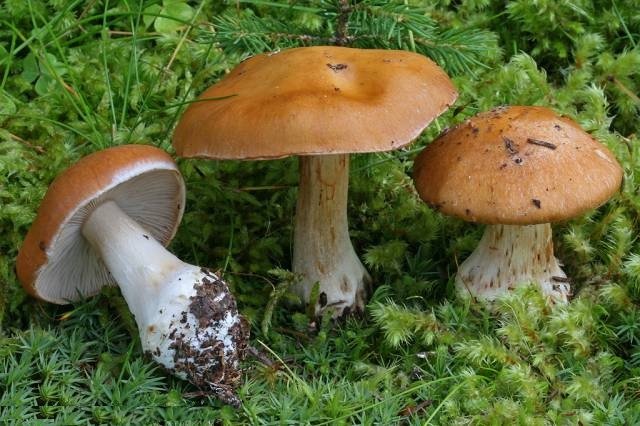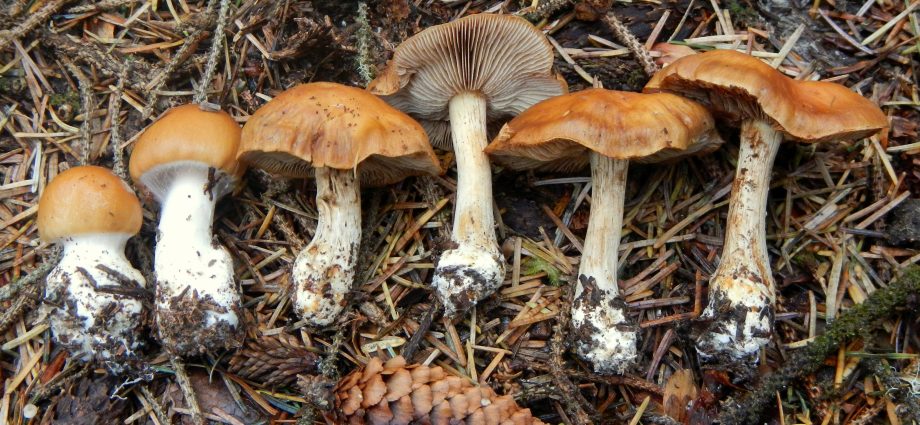Multiform cobweb (Cortinarius multiformis)
- Division: Basidiomycota (Basidiomycetes)
- Subdivision: Agaricomycotina (Agaricomycetes)
- Class: Agaricomycetes (Agaricomycetes)
- Subclass: Agaricomycetidae (Agaricomycetes)
- Order: Agaricales (Agaric or Lamellar)
- Family: Cortinariaceae (Spiderwebs)
- Genus: Cortinarius (Spiderweb)
- Type: Cortinarius multiformis (Spider web)

mushroom called cobweb diverse (lat. A multi-faceted curtain) is a rare conditionally edible species of agaric fungus. It got its name from the white cobweb that connects the edges of the cap to the stem in young mushrooms. Currently, more than forty species of cobwebs are known. This type of fungus grows singly or in groups from mid-summer to mid-autumn.
The mushroom has a hemispherical cap with a diameter of about eight centimeters, which straightens with the growth of the fungus, acquiring thin wavy edges. The surface of the mushroom cap, smooth and moist to the touch, becomes sticky when wet. In wet summers, the cap has a reddish soft color, and in hot dry summers it is yellowish. The plates adhering to the cap with the growth of the mushroom from white become brown. In mushrooms starting to grow, the plates are hidden by a white veil-like cobweb cover.
A rounded mushroom leg at its base turns into a small tuber. This distinguishes the mushroom from other similar species. The height of the legs reaches eight centimeters. The foot is smooth and silky to the touch. Its flesh is elastic, tasteless and does not have any smell.
The fungus is quite widespread in the forests of the European part of the country, in the forests of Belarus. Coniferous forests are considered to be a favorite place of distribution, although the fungus also comes across in dense deciduous forests.
Cobweb diverse can be used as food after half an hour of boiling in boiling water. It is prepared as a roast and is also marinated for long-term storage.
Appreciated by amateurs and professional mushroom pickers who are well versed in mushrooms and know their price.










